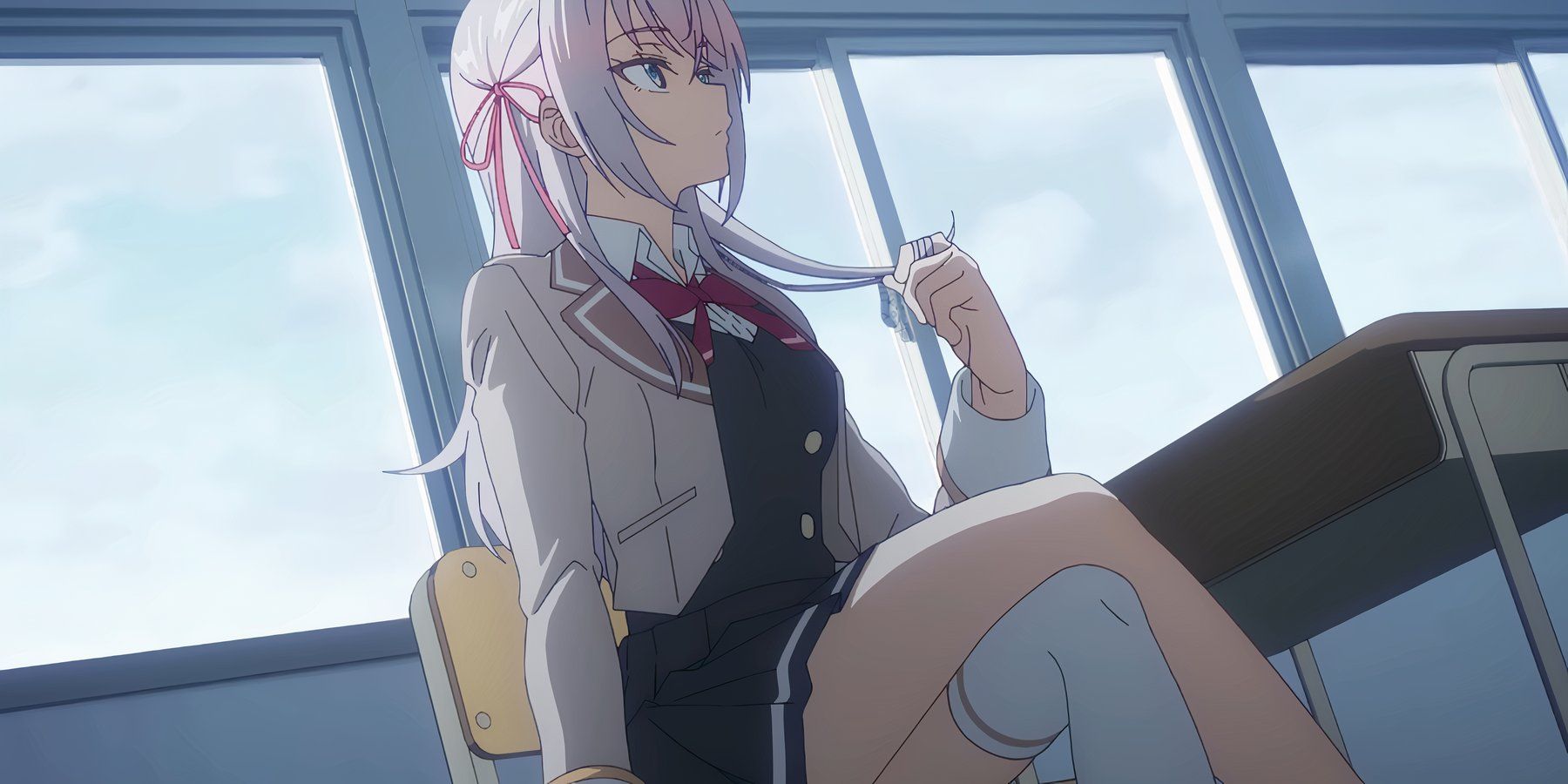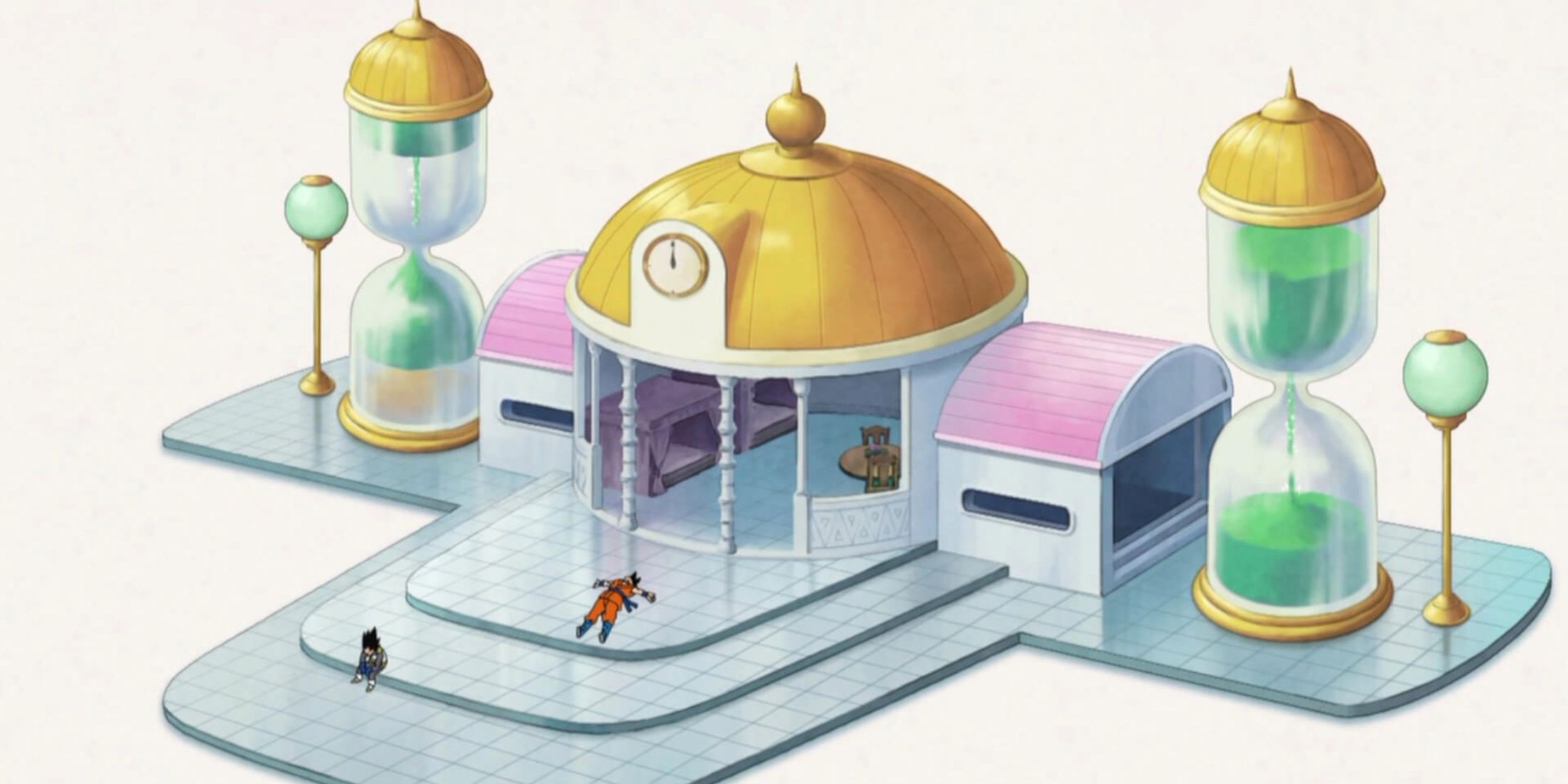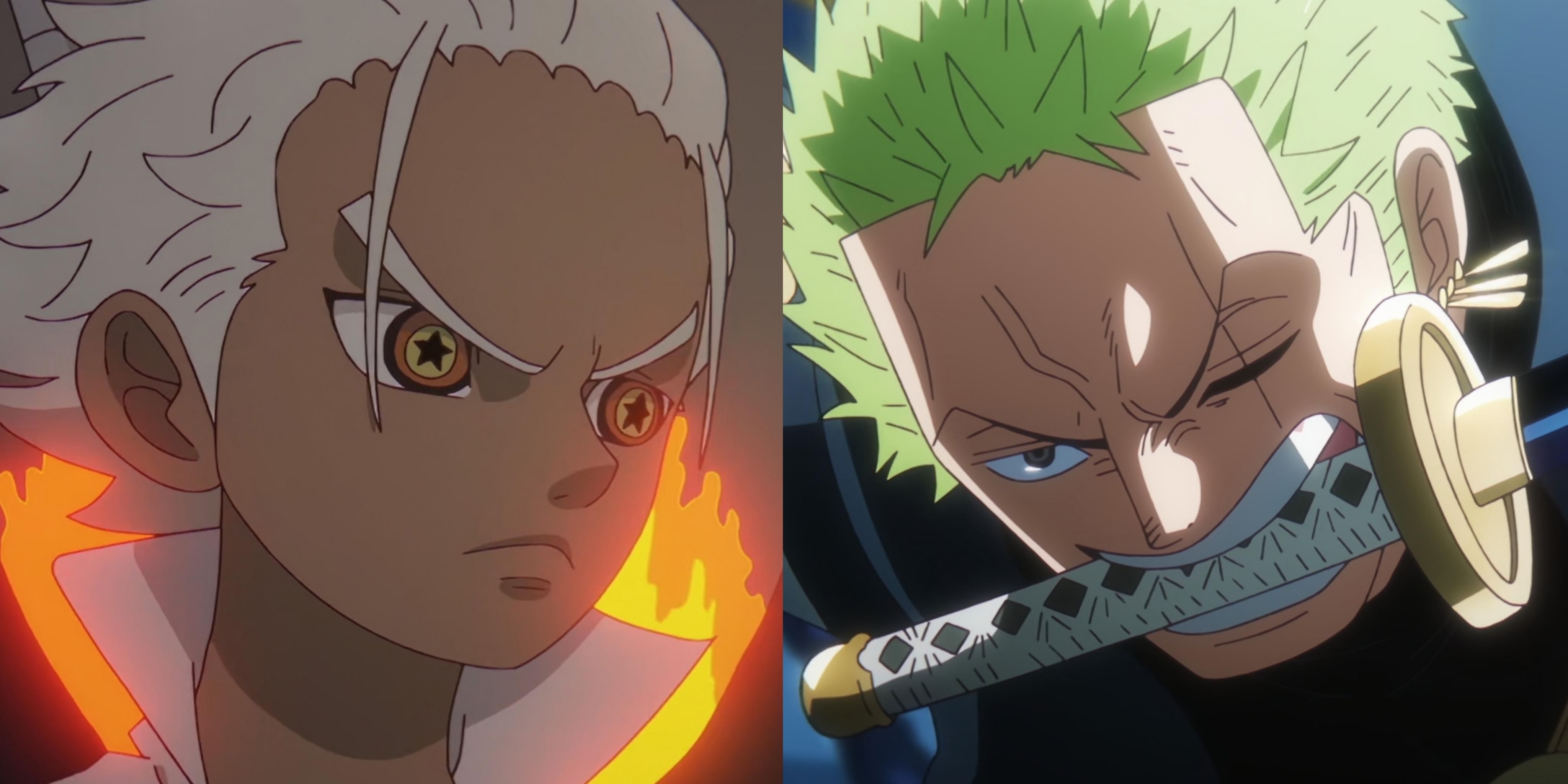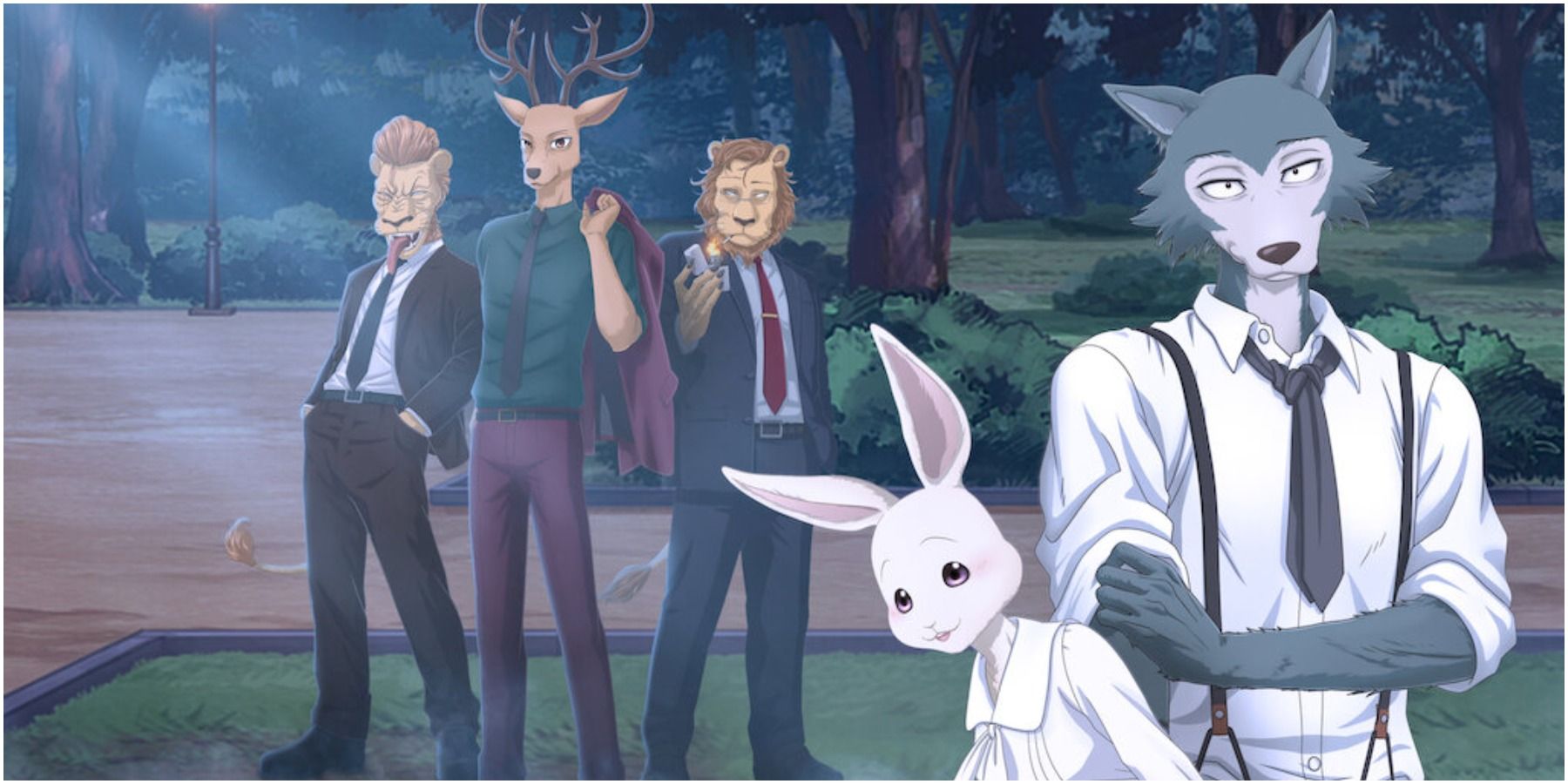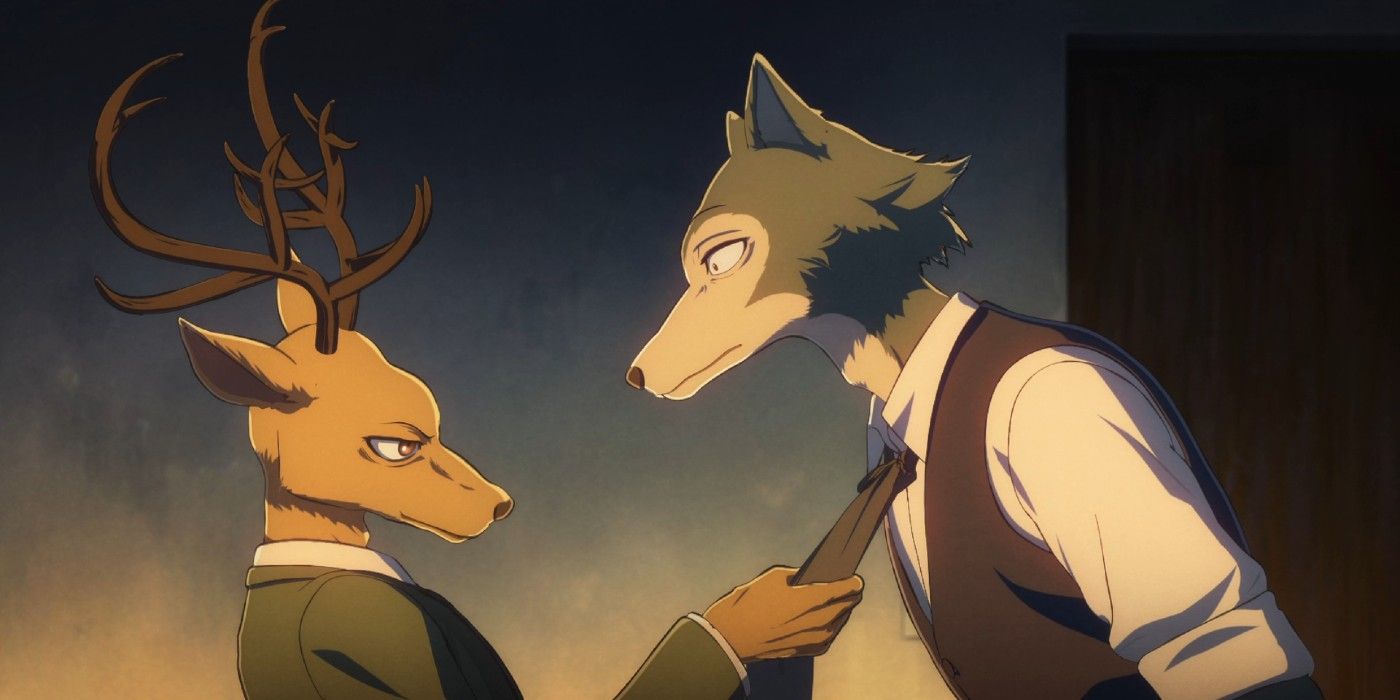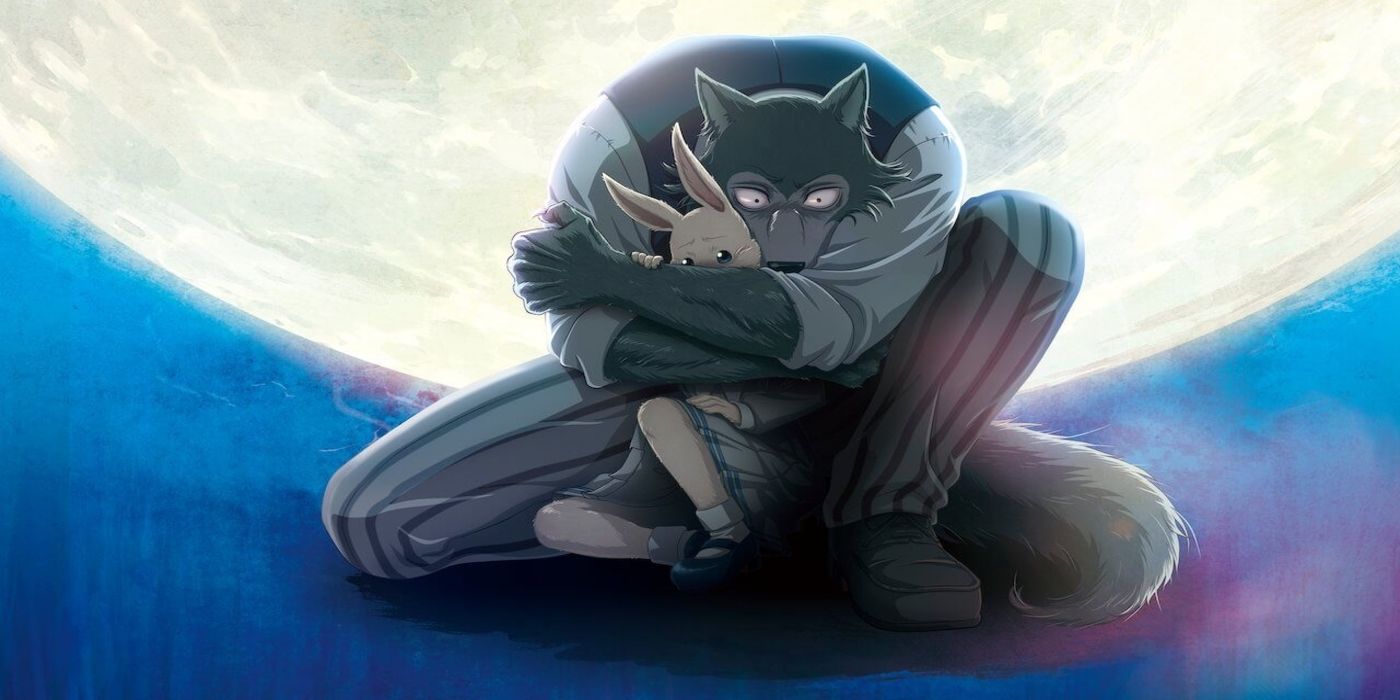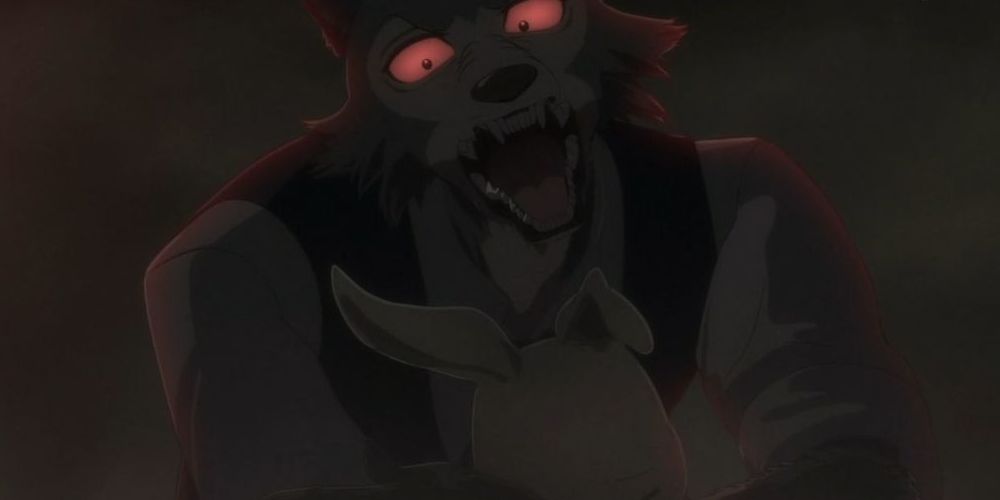The animated world has a long history with animal characters, dating back to the oldest Disney and Hannah Barbera cartoons. While the animalistic aspects of these characters are usually only in their aesthetics, Beastars aims to make them matter.
Beastars is the brainchild of mangaka Paru Itagaki, and is her best-known work to date. The series is set in a world inhabited by anthropomorphic(human-like) animals, whose society is largely based on our own. Beastars features a strong conflict between carnivorous animals and herbivorous animals, as the former are known to occasionally murder and eat the latter. It follows a young wolf boy, Legoshi, as he attempts to discover who in his school ate his alpaca friend, Tem, while also navigating social life and love as a large, imposing carnivore.
Anthropomorphism
You might be unfamiliar with the word, but you are definitely familiar with its use. Mickey Mouse, Sonic the Hedgehog and Bugs Bunny are all easy examples of anthropomorphic characters. Usually these characters feature slightly more humanized versions of the usual animal anatomy (e.g Sonic the Hedgehog standing up, having long legs and arms etc.). Usually this is done to use the appeal of animals, while still making them more relatable to the human audience. Beastars’ characters however, are far more on the human side of the design spectrum, and it is those human aspects that are used only aesthetically.
Functionally, they have human bodies with stylized animal heads and tails. If Haru, Legoshi’s love interest, didn’t have a rabbit’s head and tail, she wouldn’t look strange for a human girl. There are some examples of this not being the case though. Birds for example have arms that are also wings, meaning that they can still fly, despite their bodies being very different to that of normal birds. And, the school security guard is a full-on snake, with no human qualities at all.
Stranger still, smaller and larger species retain their rough size differences. The rodent students are sometimes so small they can fit in their classmate’s hands, and even though he is large for his species, Legoshi is not too far off from the height of the other wolves in his school. Real-life omnivores like pandas also keep their diets intact, acting as a rare middle ground in the carnivore vs herbivore conflict.
Predator vs Prey
The mostly humanoid characters might imply that Beastars does not engage much with its characters’ animal elements and uses them for appeal, but this is far from the truth. The biggest conflict in the series is the one between the carnivores and herbivores, a dichotomy that only exists in the animal kingdom. Much of Legoshi’s challenges come from his position as a carnivore. In episode 1, he attempts to deliver a letter to his dead friend’s crush as his friend requested, but as he approaches her, she withdraws a pair of scissors in self-defense, thinking he’s there to eat her. Legoshi and Haru’s romance is also largely hindered due to how unusual it is for carnivores and herbivores to be in romantic relationships with each other.
Many fans have tried to theorize what this carnivore vs herbivore narrative is supposed to represent. Some thought it might be an allegory for racial or gendered conflict, but it escapes any specific interpretation. It is an aspect of this world that cannot be directly mapped unto the human audience. While the audience can relate to some aspects such as the Romeo and Juliet dynamic of Legoshi and Haru or Legoshi’s strong social anxiety, the big themes, and world-building remain alien to the audience.
Uniquely Animal
The societal issues aren’t the only way that Beastarskeeps its characters staunchly animalistic. On a smaller scale, all the characters reflect accurate characteristics to their real-world counterparts. Legoshi’s school has special rooms for every species in the student body that matches their natural habitat. The wolf room for example, features a nighttime aesthetic with a full moon shining directly above the students. The wolves admit to finding peace by the moon’s light, drawing of course on the link between wolves and full moons in real life. Animal-only attributes like strong senses of smell and poisonous saliva are also vital to the progression of the main plot.
Carnivores are even shown to be strongest in their jaws, while herbivores are strongest in their limbs. Using these well-understood animal traits, Itagaki is able to not only provide interesting world building, but also make compelling and logical plot developments. When Legoshi starts to train with the vigilante panda Gouhin, he ends up swapping his natural jaw strength for more limb strength. Thanks to the pre-established biological differences, this serves as not only a shonen-style power-up but also a representation of Legoshi’s love of herbivores and guilt for being a carnivore. Usually animal characters are purely for appeal, but Beastars is one of the rare series where it really couldn’t be made if the characters were anything but exactly what they are.

